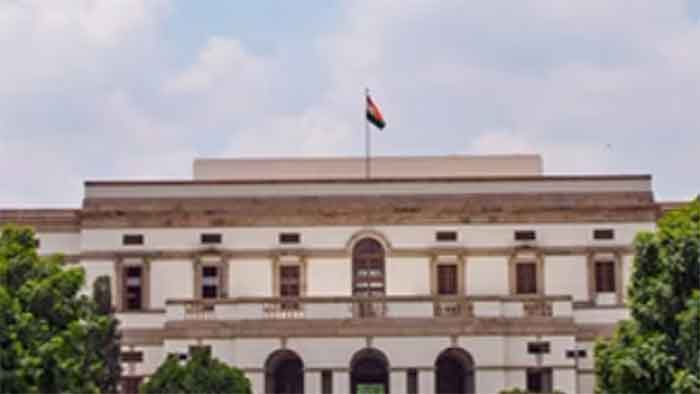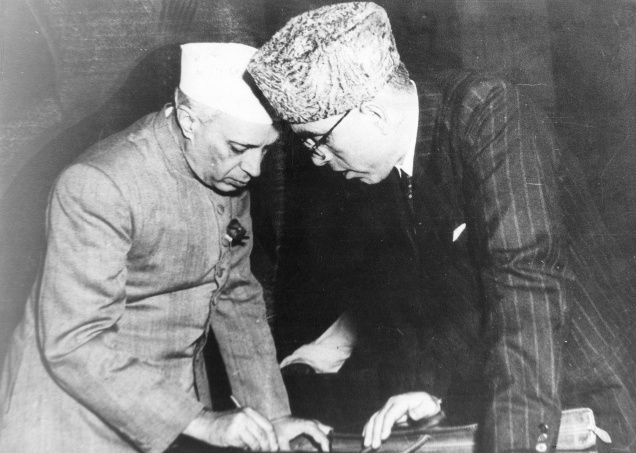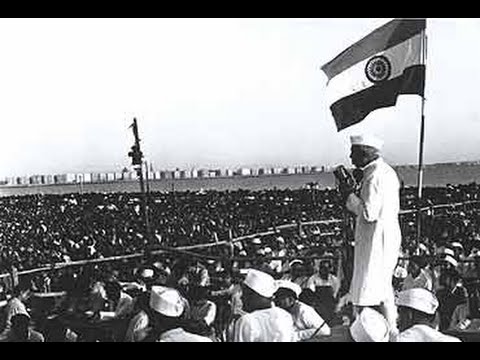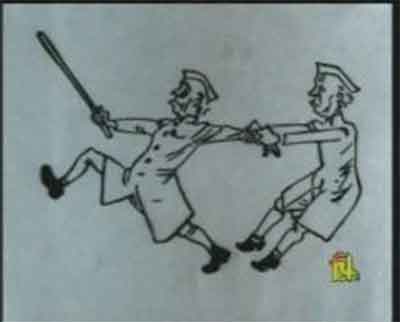
Nehru in retrospect certainly does not shine as brightly as he did during his lifetime.But the image has not dimmed as much as much as his detractors would like.There is a much more clear-headed perception of his weaknesses and failures,but also a willingness to make due allowance for the mistakes unavoidable in his pioneering leadership in a long march on uncharted territory.
A situation distasteful to circles who think his endeavour to modernize the country led to a morass.A motley group of people including Sangh Parivar spokesmen,former Lohiaites,and academic champions of cultural insularity,have joined the campaign which sputters into life every now and then.The latest member of this campaign is JD(U) member and author Pavan Varma,who is opposed to communal polarisation.
Secularism as the antidote to communalism has been the distinctive approach of Nehru and his following.Therewith went a firm belief that responsibility devolved more on the majority community to uphold the secular ideal than the minority communities. Secondly there was an equally firm perception that the stagnation of our traditional culture had built up a lot of ‘dead wood’ that has to be swept out to make room for progress along modern lines.
In the recent interview with Karan Thapar Varma was scathing in rejecting this approach.He declared that Nehru’s idea of the achievements and merits of ‘Hindu civilization’ was superficial and based on ignorance.Further,more noticeably, he seemed to agree with the Saffron camp’s view that Islamic rule had been a disaster that ravaged a flourishing Hindu civilization.
It is true that Nehru had no first-hand knowledge of Sanskrit texts that embodied the knowledge of that ‘Hindu civilization’.But while writing the excoriated book by Nehru,DISCOVERY OF INDIA,he had the help of learned socialists like Acharya Narendra Dev,who had profound knowledge of the seminal texts.One does not find any trace of condescension in Nehru’s account of the achievements of the pre-Islamic past of India.
What he suggested with the aim to junk the ‘dead wood’ was the inhuman accumulation of atrocious discriminations of the caste system and the hopeless imprisonment of the people in deadening superstitions against which leaders of the Indian Renaissance had rebelled tirelessly.
Nehru could claim descent from those national heroes.All those rotten and poisonous rubble had for centuries restricted social mobility and enervated curiosity.The tyrannical treatment of women was codified long before Islamic advent in the most venerated smrti(code of social customs and rules) was a stark example of decay and degeneration that prevailed for centuries in the ‘Hindu’ period.The Dalits are still struggling against such outrages and women are being tutored to voice baseless claims that they enjoyed perfect equality during those days.
Varma whose first,and quite readable book on the Urdu poet Ghalib,dwelt on Hindu-Muslim harmony,now chooses to overlook the coming together of the two communities.
There is much evidence that Muslim rule helped in a way in weakening and loosening encrusted custom,shaking up complacent insularity,and introducing new technology and urban style of life,and thus awakening the people.The greatest stimulus it had set in motion was the impact of Sufi Islam in bringing about the great Bhakti movement that galvanized the immobile society.It could not have been generated by the availability of the Upanishads, the Geeta and the most venerated of the smrtis….the Manusamhita.For Bhakti was both a religious movement and a movement for social reform of the suffocating caste-system.
Tagore whose knowledge of the traditional Hindu culture could not have been inferior to that of Varma had given his blessings to Nehru,whom he regarded as a leading figure of India’s regeneration.Like Tagore Nehru too was deeply impressed by the thousand years of Buddhist dominance of Indian society and attracted by its lessons of equality and rationality.No wonder he was instrumental in putting the Buddhist symbol of DHAMMA at the centre of the Indian National flag and Ashoka’s lion-pillar in Indian currency.
Hiren Gohain is a social scientist and literary critic

















































